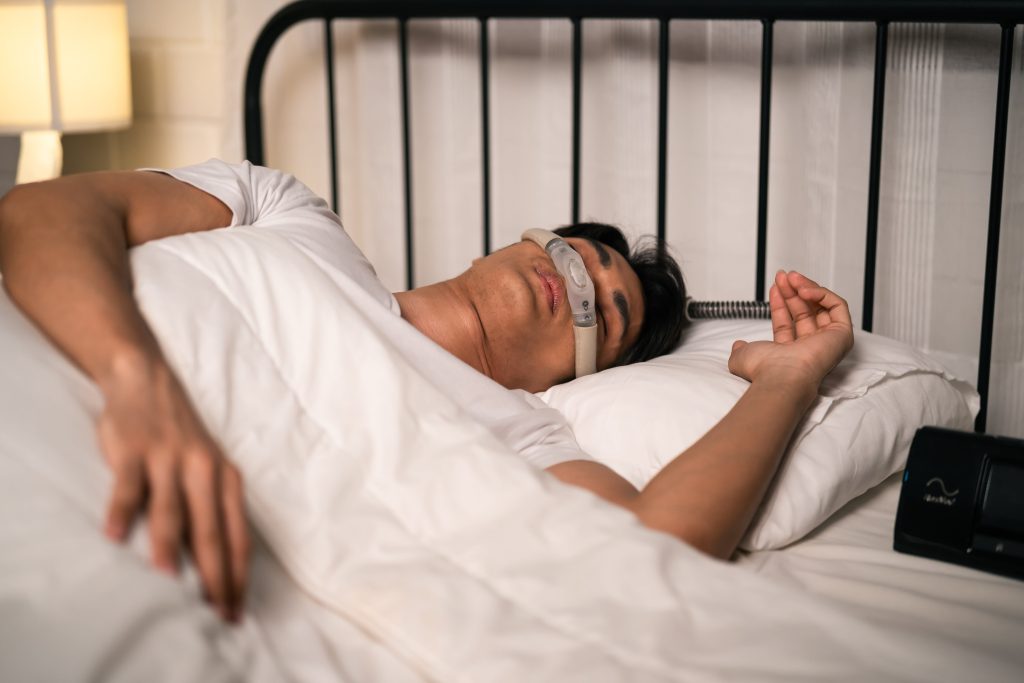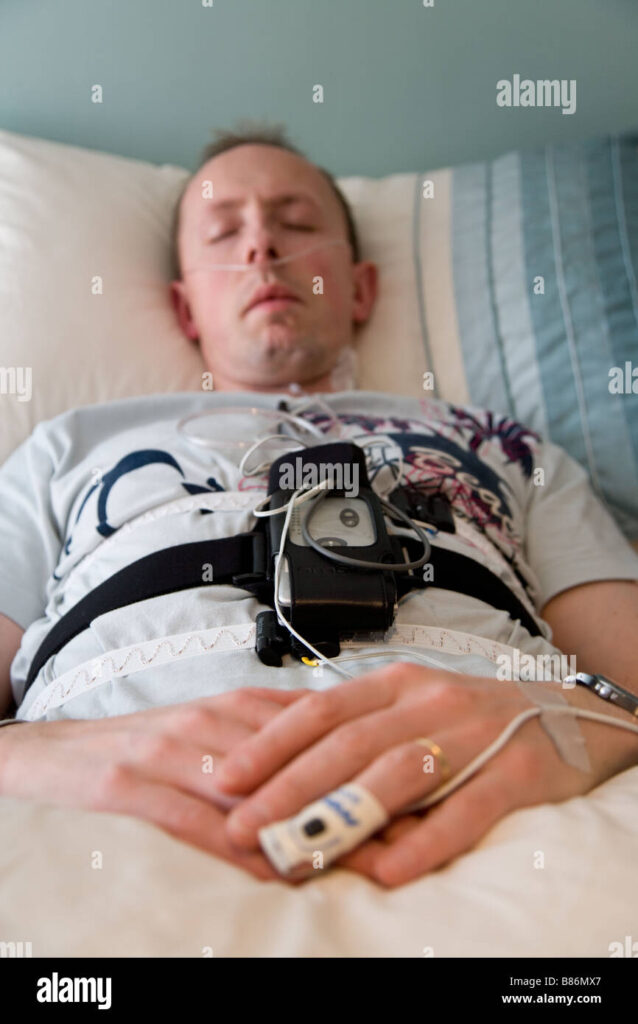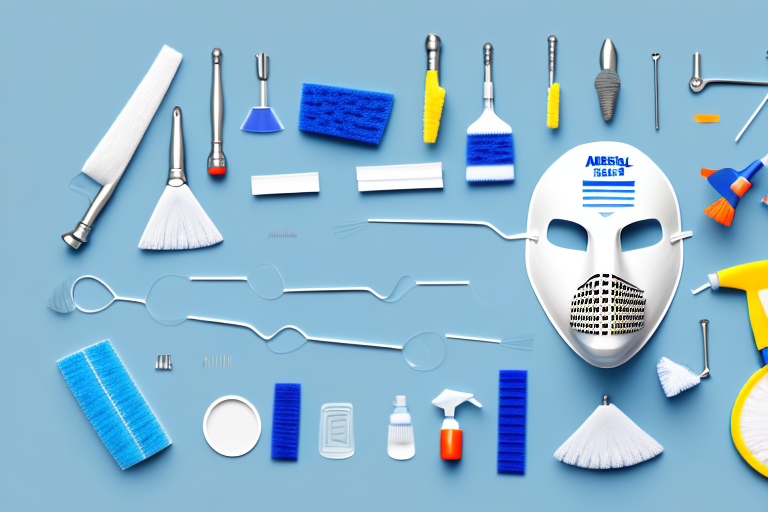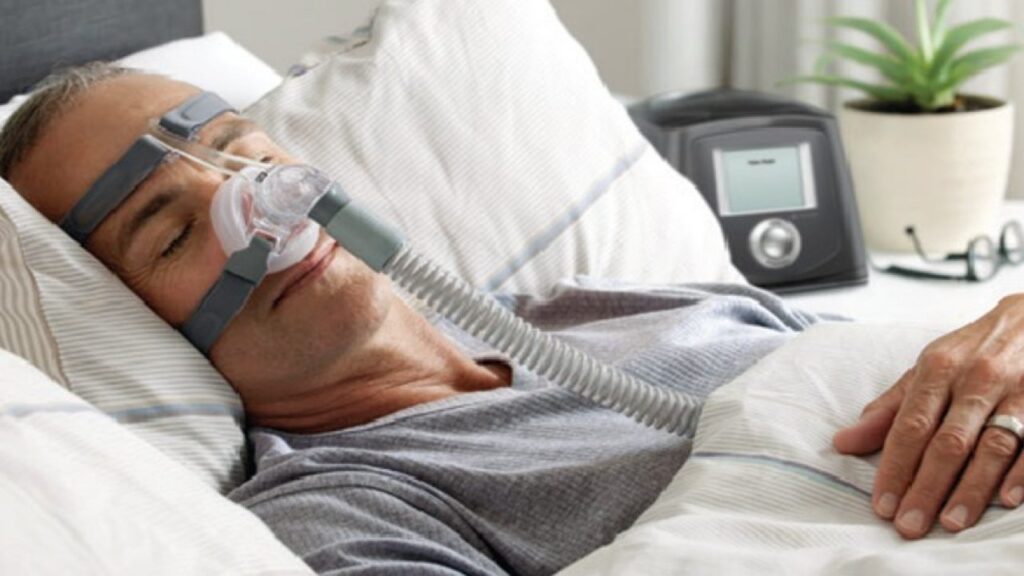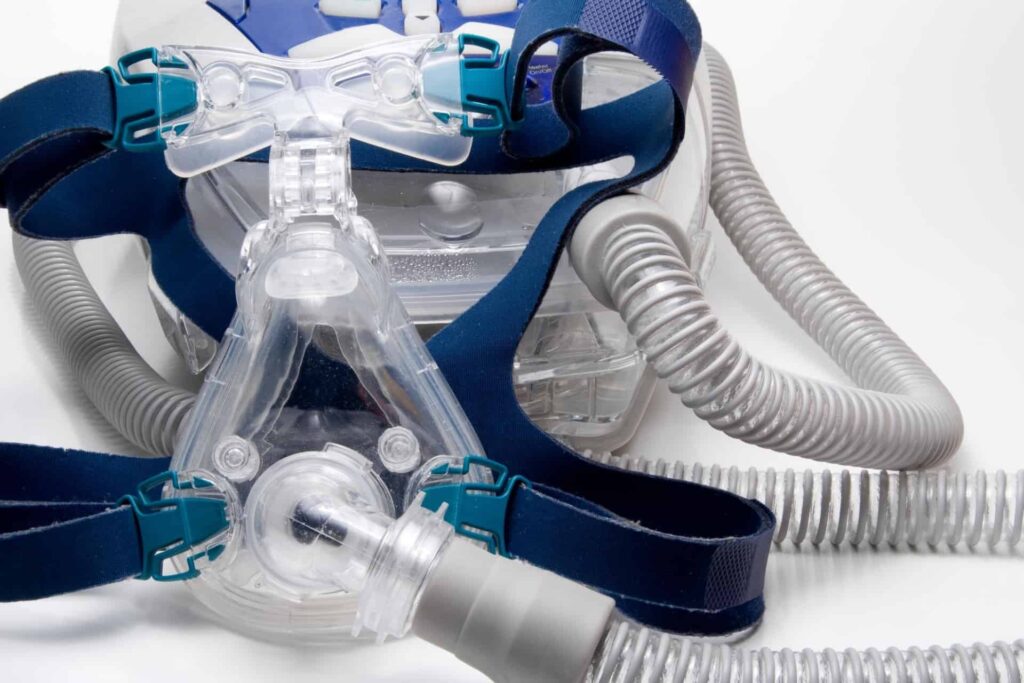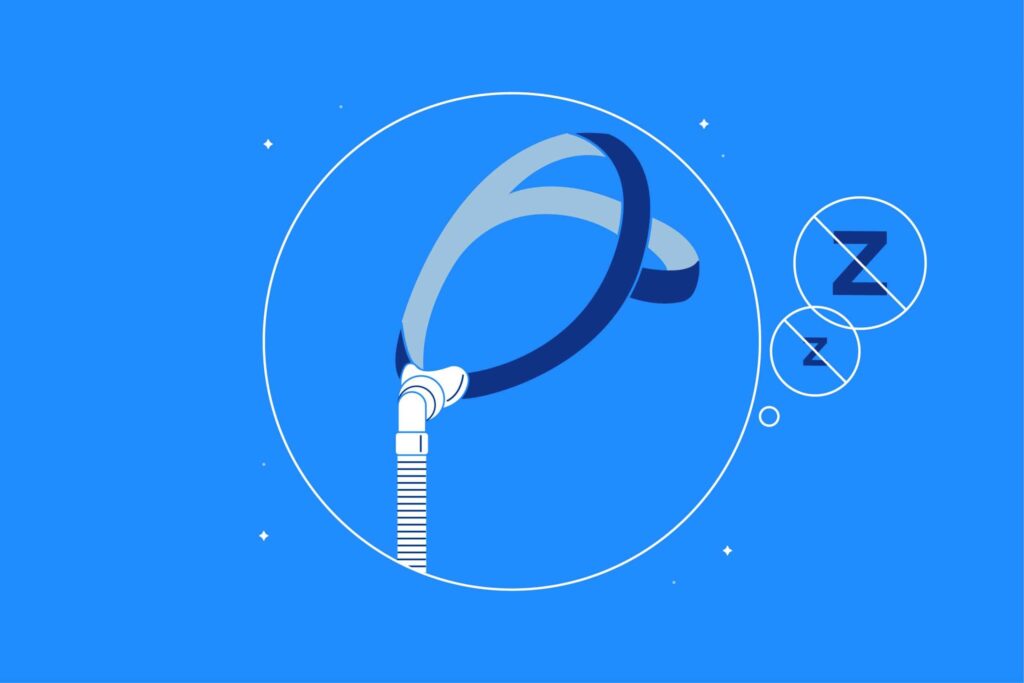Sleep Study Rockhampton: Assessing Sleep Patterns in Rockhampton
The city of Rockhampton, located in Queensland, Australia, is known for its vibrant culture and bustling lifestyle. However, amidst the hustle and bustle, many people in Rockhampton suffer from sleep-related issues that can significantly impact their overall well-being. This article aims to shed light on the importance of sleep, the process of a sleep study, […]
Sleep Study Rockhampton: Assessing Sleep Patterns in Rockhampton Read More »

